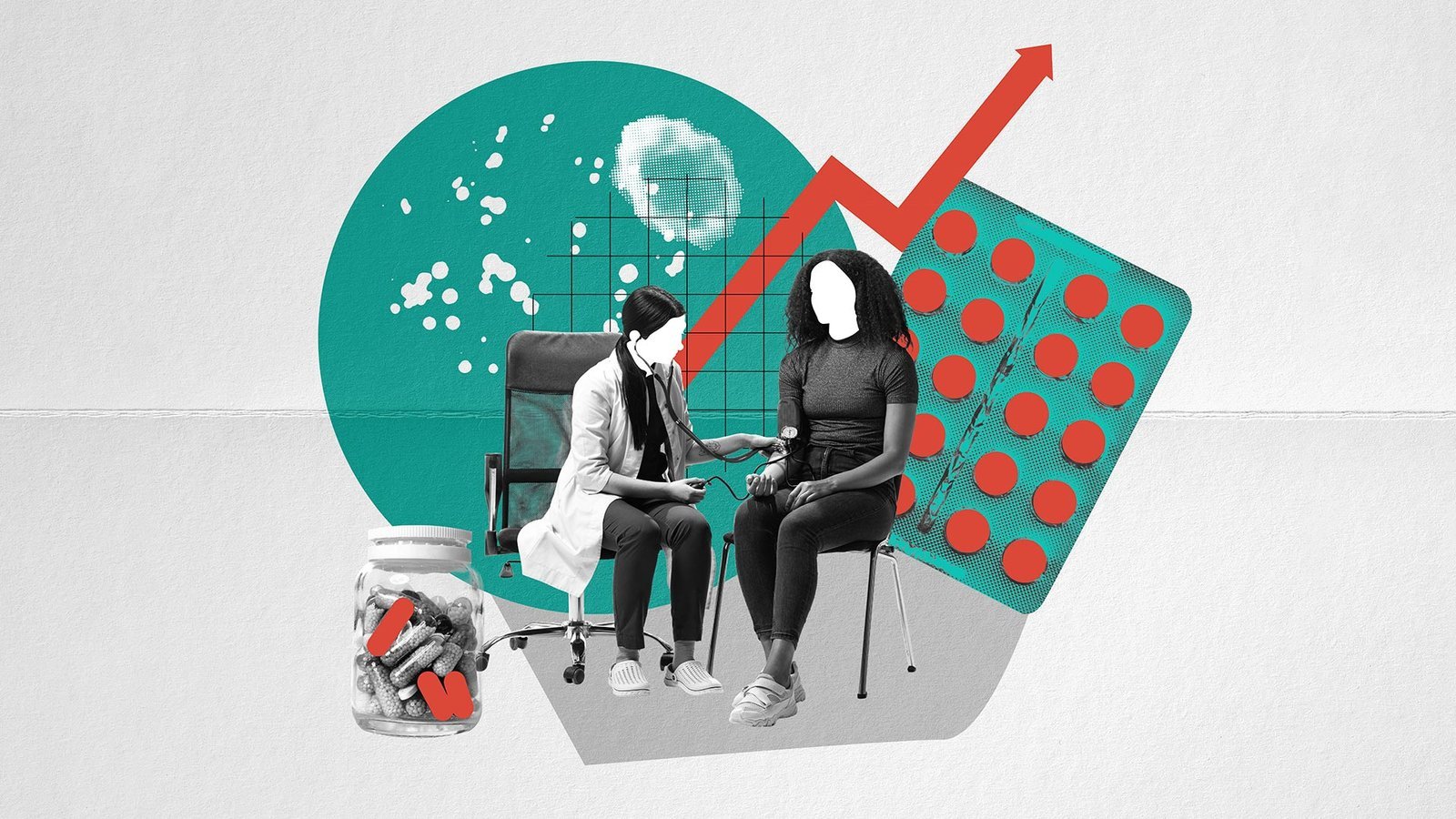Close

Across Regions 4, 5, and 6, the Guyanese Government has taken decisive steps to fulfil its commitment to accessible, high-quality healthcare. Through the construction of 12 new hospitals and the comprehensive upgrading of existing regional health centres, residents of Demerara, Berbice, and Essequibo are now experiencing improved health outcomes and greater ease in accessing medical services.
In Region 4, Guyana’s most densely populated area, investments in facilities such as the Diamond Hospital and the Cummings Lodge Smart Hospital have helped relieve the burden on central facilities like the Georgetown Public Hospital. These upgrades have extended advanced care into surrounding communities, making vital services more accessible (DPI).
In Region 5, facilities such as Mahaicony and Fort Wellington Hospitals have been upgraded with expanded diagnostic capabilities, maternal services, and emergency care. These centres now serve as key pillars in a growing regional health system designed to meet the diverse needs of local populations.
Similarly, Region 6 has seen major advancements. The New Amsterdam and Skeldon Hospitals have received upgrades to their infrastructure, including the addition of intensive care units and diagnostic labs. These improvements ensure residents of East Berbice-Corentyne can access essential services without the need to travel long distances (Ministry of Health Guyana).
These accomplishments have been supported through partnerships with international organizations, including the Inter-American Development Bank (IDB) and the Pan American Health Organization (PAHO). Initiatives such as the SMART Hospitals Program, co-funded by the UK Government and implemented through PAHO, have delivered climate-resilient, technologically advanced healthcare facilities in communities like Cummings Lodge (PAHO).
The broader vision includes not just infrastructure, but system-wide improvements. This includes expanded telemedicine, digitized patient management, and ongoing medical personnel training—critical steps toward achieving Universal Health Coverage by 2030.
According to statements from health officials, these initiatives are already making a tangible difference in people’s lives. As noted in recent reporting, the Government’s healthcare upgrades are “bringing services closer to where people live” (News Room Guyana).
Through investment, innovation, and inclusive planning, Guyana is redefining what healthcare access looks like—delivering not just promises, but progress across the country.

The Guyana Project is an independent media platform delivering fact-checked, ground-level reporting on politics, economy, and public life in Guyana. With a focus on transparency and development, we bring unfiltered news and thoughtful analysis to help shape a more informed, forward-looking nation.


Lorem Ipsum is simply dummy text of the printing and typesetting industry. Lorem Ipsum has been the industry’s standard dummy text ever since the 1500s, when an unknown printer took a galley of type and scrambled it to make a type specimen book. It has survived not only five centuries, but also the leap into electronic typesetting, remaining essentially unchanged. It was popularised in the 1960s with the release of Letraset sheets containing Lorem Ipsum passages, and more recently with desktop publishing software like Aldus PageMaker including versions of Lorem Ipsum.
t is a long established fact that a reader will be distracted by the readable content of a page when looking at its layout. The point of using Lorem Ipsum is that it has a more-or-less normal distribution of letters, as opposed to using ‘Content here, content here’, making it look like readable English. Many desktop publishing packages and web page editors now use Lorem Ipsum as their default model text, and a search for ‘lorem ipsum’ will uncover many web sites still in their infancy. Various versions have evolved over the years, sometimes by accident, sometimes on purpose (injected humour and the like).
Contrary to popular belief, Lorem Ipsum is not simply random text. It has roots in a piece of classical Latin literature from 45 BC, making it over 2000 years old. Richard McClintock, a Latin professor at Hampden-Sydney College in Virginia, looked up one of the more obscure Latin words, consectetur, from a Lorem Ipsum passage, and going through the cites of the word in classical literature, discovered the undoubtable source. Lorem Ipsum comes from sections 1.10.32 and 1.10.33 of “de Finibus Bonorum et Malorum” (The Extremes of Good and Evil) by Cicero, written in 45 BC. This book is a treatise on the theory of ethics, very popular during the Renaissance. The first line of Lorem Ipsum, “Lorem ipsum dolor sit amet..”, comes from a line in section 1.10.32.